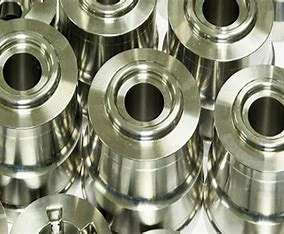Things you need to know about making plastic prototypes
In the world of product development, creating prototypes is an essential step in bringing ideas to life. Prototypes allow designers and engineers to test and refine their concepts before moving into production. When it comes to creating plastic prototypes, there are a few key things you need to know. In this article, we will explore these important factors and how they can impact the success of your prototype.
1. Material selection: Choosing the right plastic material is crucial for creating a functional and accurate prototype. There are various types of plastics available, each with different properties and characteristics. Consider factors such as strength, flexibility, transparency, and chemical resistance when selecting the material. It’s also important to ensure that the chosen material can be easily processed using the available manufacturing methods.
2. Manufacturing methods: There are several techniques for producing plastic prototypes, and the choice of method depends on factors such as the complexity of the design, desired quantity, and budget. Three common methods include 3D printing, CNC machining, and injection molding. 3D printing is ideal for creating complex geometries and small quantities, whereas CNC machining is suitable for larger quantities and more precise parts. Injection molding, on the other hand, is best for mass production but requires expensive tooling.
3. Design considerations: Designing for prototyping is different from designing for production. Keep in mind that prototypes are meant to test and validate the concept, so focus on functionality rather than aesthetics. Simplify the design to reduce costs and manufacturing time. Additionally, consider how the prototype will be assembled to ensure all parts fit together seamlessly.
4. Testing and validation: Once the plastic prototype is created, it’s time to test and validate its performance. Conduct rigorous testing to identify any design flaws or issues that need to be addressed. This may involve mechanical testing, stress testing, or even user testing. The feedback gathered from testing will help refine the design and ensure that the final product meets the intended requirements.
5. Iteration and improvement: Prototyping is an iterative process, meaning that multiple iterations may be necessary to perfect the design. Learn from each prototype and make the necessary improvements based on feedback and testing results. This may involve adjusting dimensions, changing materials, or modifying the manufacturing process. Continuous iteration is crucial for achieving a high-quality and functional final product.
6. Cost considerations: Creating plastic prototypes can be an expensive endeavor, especially if you opt for complex designs or expensive materials. It’s important to establish a budget and consider the cost implications of design choices and manufacturing methods. Balance the need for functionality with cost efficiency to ensure that the prototype is within budget without compromising on its purpose.
In conclusion, creating plastic prototypes requires careful consideration of factors such as material selection, manufacturing methods, design considerations, testing, iteration, and cost. By understanding these key aspects, you can maximize the effectiveness of your prototypes in the product development process. Remember, prototypes are essential tools for refining ideas and ensuring the success of your final product.
.webp)



